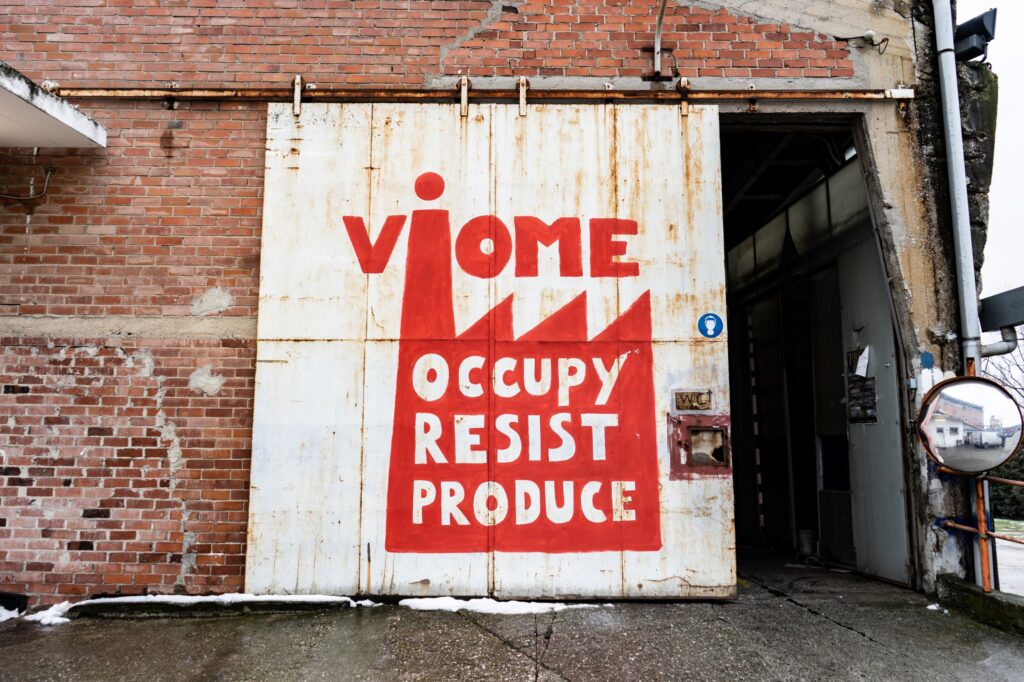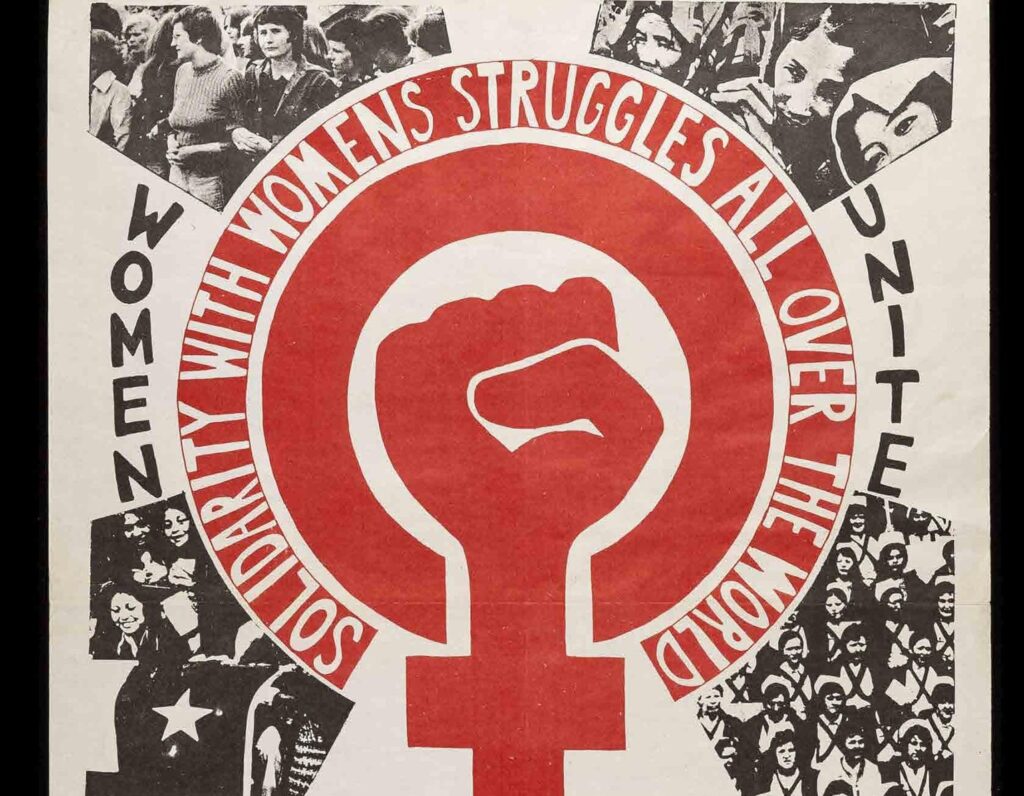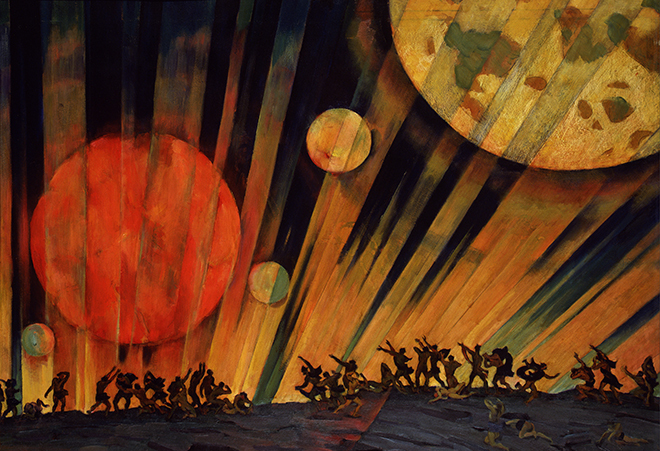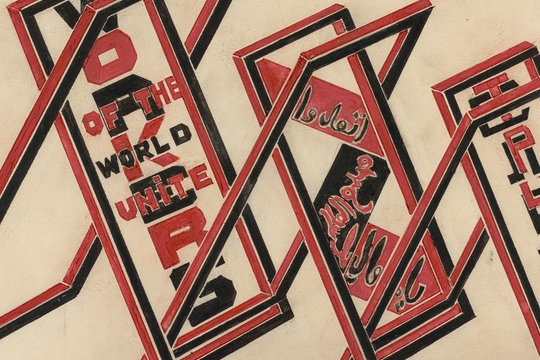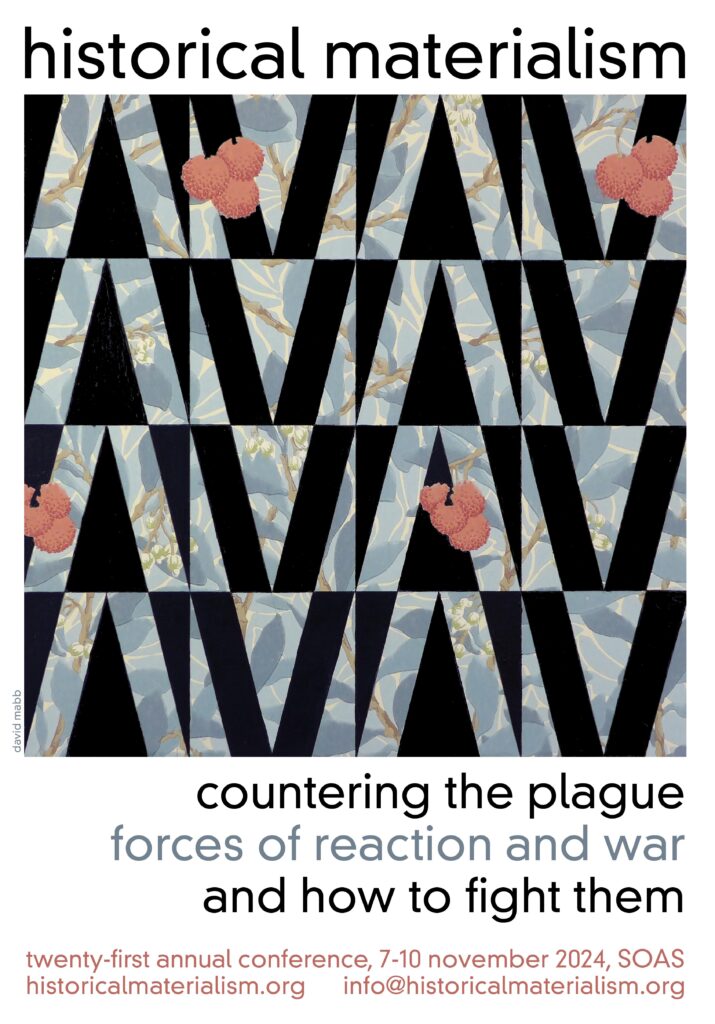Monism and Difference: A Review of A. Kiarina Kordela’s Epistemontology
France: Without Struggles, No Popular Front. Six Theses for a Discussion
If, at the top of the state building, they play the violin, how can we not expect those at the bottom to start dancing?
Gaza: 7 October in Historical Perspective
Post-Capitalism Stream Call for Abstracts – Twenty-First Annual Historical Materialism London Conference
Twenty-First Annual Historical Materialism London Conference
Marxist-Feminist Stream Call for Abstracts – Twenty-First Annual Historical Materialism London Conference
Twenty-First Annual Historical Materialism London Conference
Historical Materialism London 2024: Postgraduate Conference Invitation
Marina Vishmidt, 1976-2024
Marxism and Culture Stream Call for Abstracts – Twenty-First Annual Historical Materialism London Conference
Twenty-First Annual Historical Materialism London Conference
Sexuality and Political Economy Stream Call for Abstracts: Strategies for Free and Emancipatory Sexualities
Twenty-First Annual Historical Materialism London Conference
Western Marxism Stream Call for Abstracts – Twenty-First Annual Historical Materialism London Conference
Twenty-First Annual Historical Materialism London Conference
Workers’ Inquiry Stream Call for Abstracts – Twenty-First Annual Historical Materialism London Conference
Twenty-First Annual Historical Materialism London Conference



